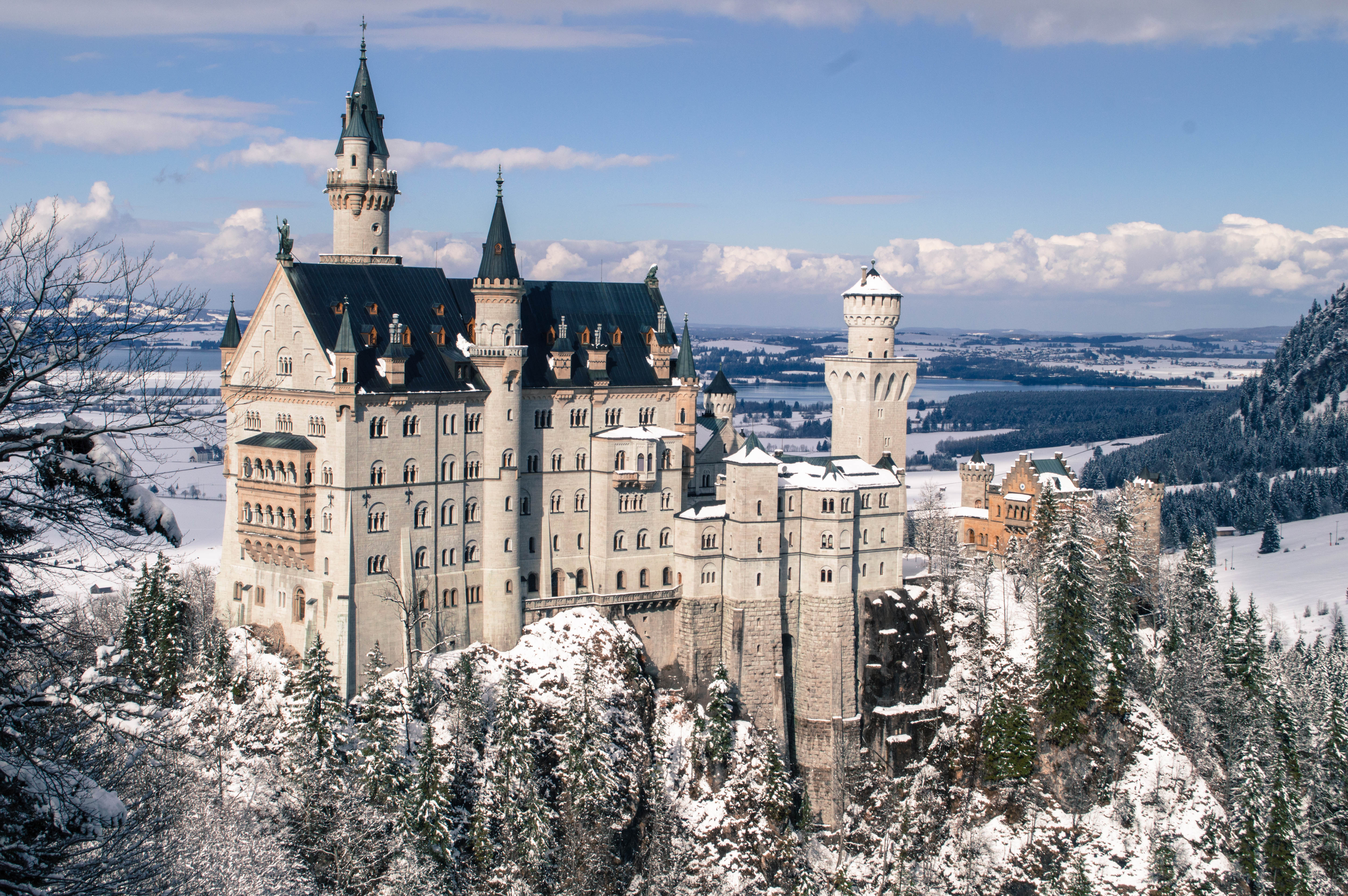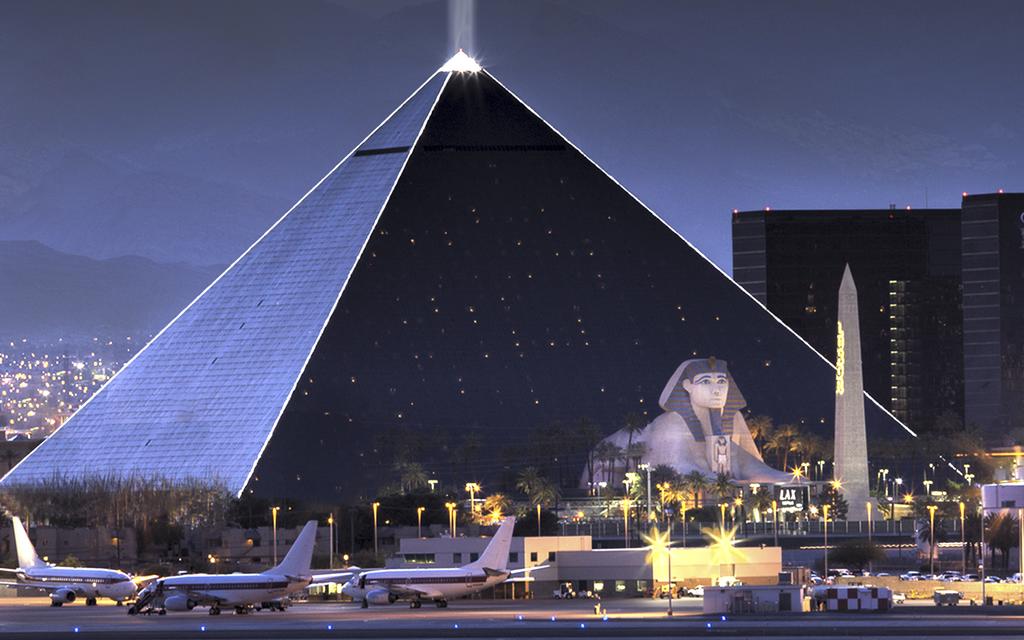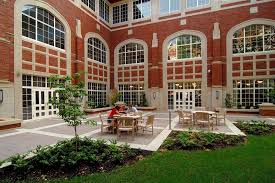The Sam Noble Museum of Natural History or SNOMH is home to thousands of artifacts, educational resources, and academic research. I have been conducting undergraduate research for the past two years at this site and have always loved coming into work here! I work upstairs in the black “treasure chest” part of the museum and this is where all the research takes place. This goes from skinning small/large animals to DNA extractions for creating phylogenetic trees. My favorite part about this building are the large concrete blocks around the big windows. This makes me feel at ease with the work I am doing for the University. This could be a stressful environment due to the work but I actually feel relieved every time I step into the museum.
The main entrance to the museum for the guest is incredibly inviting with a dome-like surrounding. This has tables and chairs set around for schools to have lunch and guests to sit and enjoy a book outside. Once inside the lobby it is obvious how much the architects relied on the open plains in front of the museum to use natural light. The entire central lobby is an enormous multipanelled window. To create more effect, in front of the window is a massive sculpture of a pre-historic elephant.
One of the last things that stand out to me about the way the research chest was built are the labs. It is incredibly common for labs to be dark and windowless but SNOMH makes it a point for all fo the labs to have huge windows for scientists to actually have access to natural sunlight instead of just the fluorescent light of the ceilings.
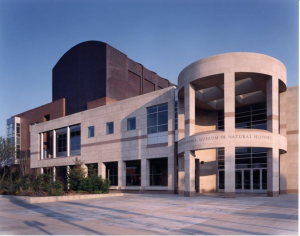
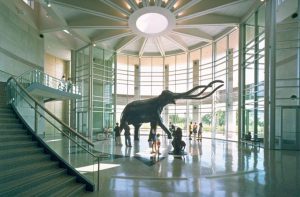
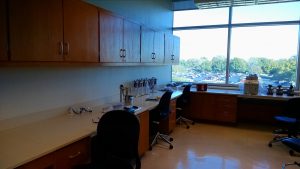
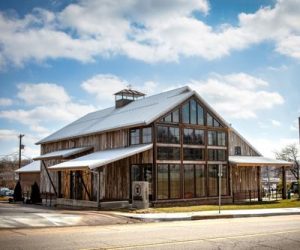
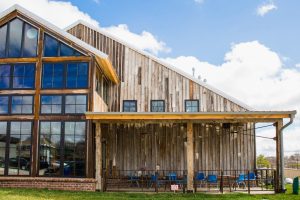
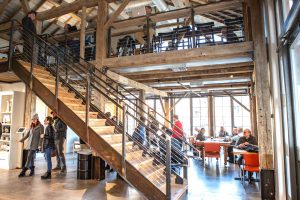
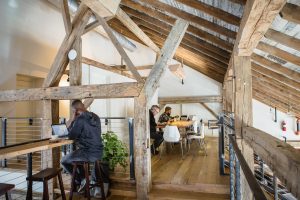
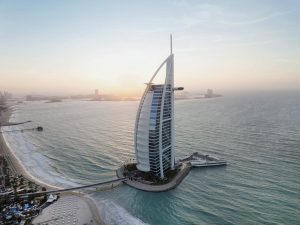
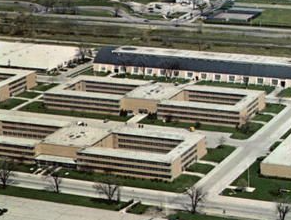
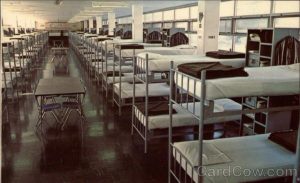
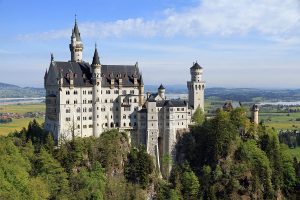

.jpg)
